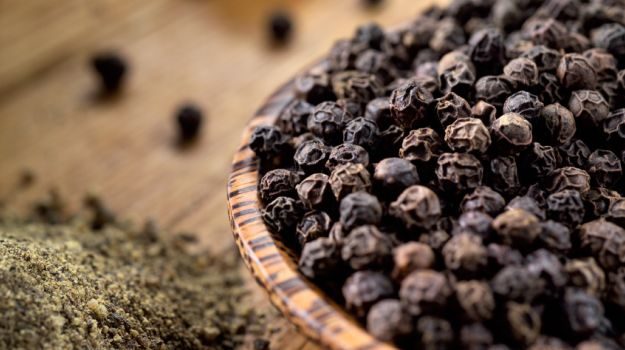Pepper has been an inseparable part of Goan cuisine. The spice is a lucrative option for many horticulturists in Goa unless of course climate and disease do not play a spoilsport. In 2015- 16 pepper cultivation in Goa has witnessed a rise with 600-800 tonnes being produced as compared to 244 tonnes that were produced in the year 2014-15.
Currently, the Goa Bagayatdar (co-operative society) offers Rs.610 for a kg of black pepper while the white pepper commands a slightly higher price of Rs.810. The returns according to some agriculturists for the spice are commercially rewarding.
“The crop production reduced by 50% in the past eight years due to foot rot disease and improper weather parameters,” said Chinmay Tanshikar, pepper farmer in a Times of India report.
However, the farmers are taking precautions to deal with the diseases that afflict the plant. Given the fact that the production has seen a rise it seems cultivation seems to be on a path of growth.
Intercropping:
It is very often noticed that Kulaghar (plantation) owners in Goa cultivate the spice in an intercropping method. Since the plants are climbing in nature, these plantations make an ideal location for cultivation of the spice. One of the benefits of doing it is that water that is supplied to the trees can also be used for the plants. Plus, the young plants need a shaded environment, which is ample in a plantation.
Health benefits of Pepper:
1. Helps in weight loss.
2. Stimulates digestion.
3. Relieves cold and cough
4. Good for skin treatment
5. Helps in dealing with depression


